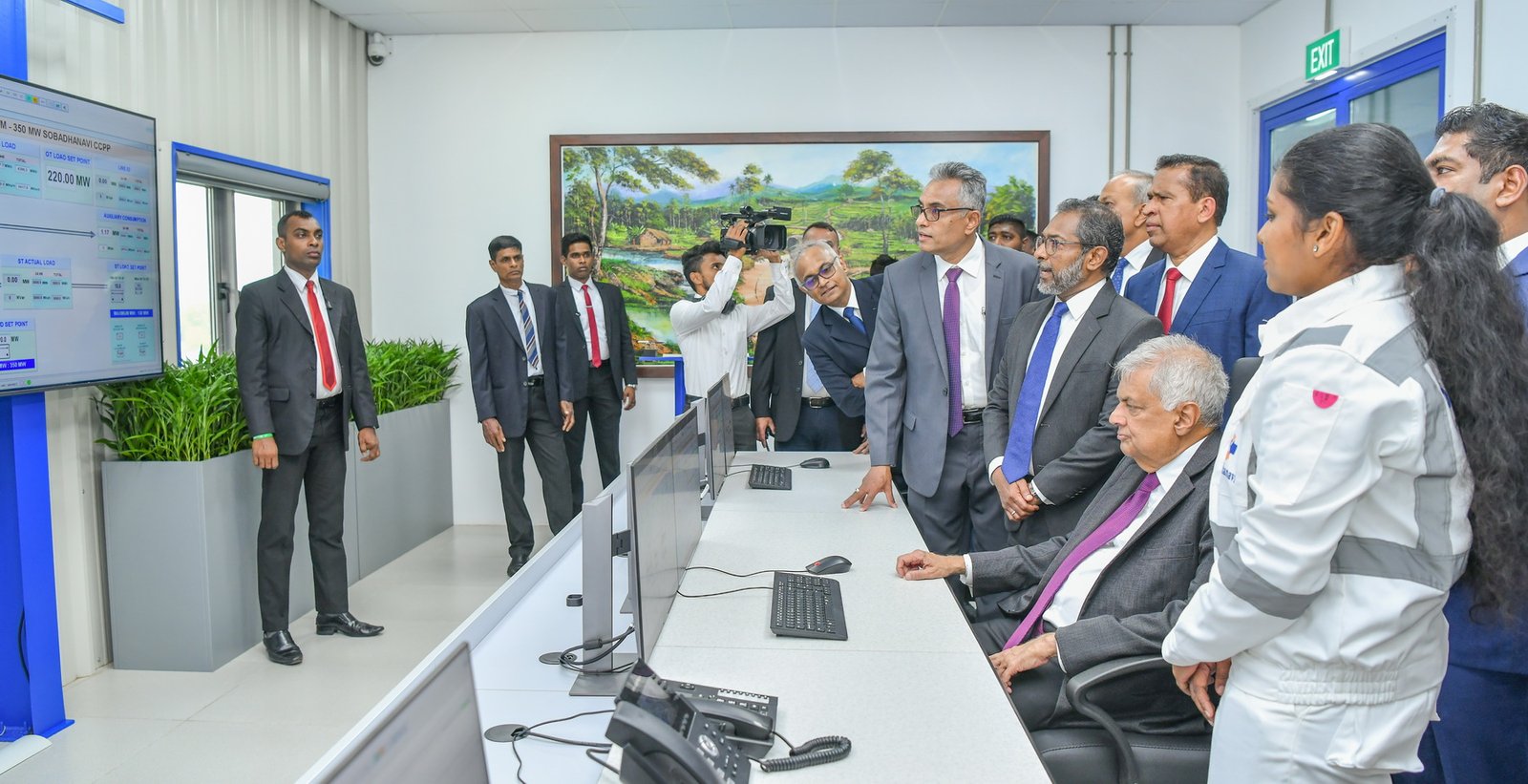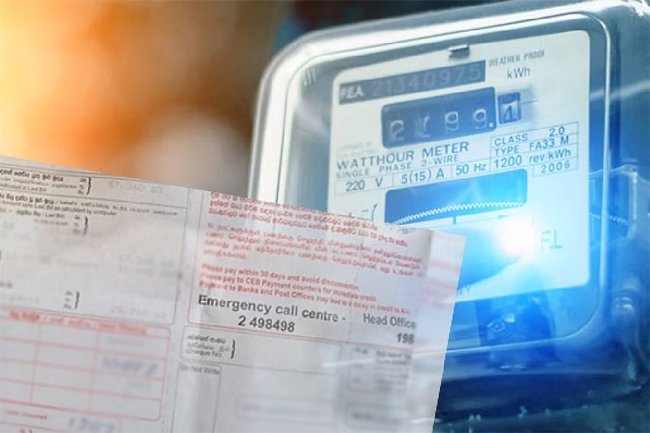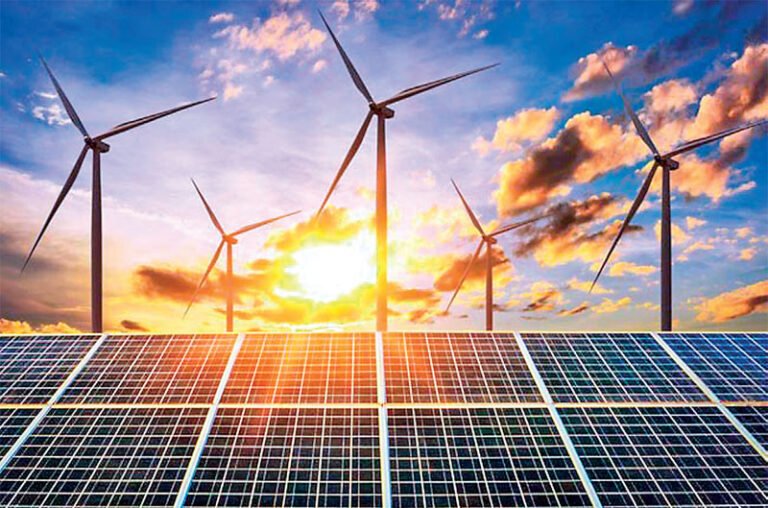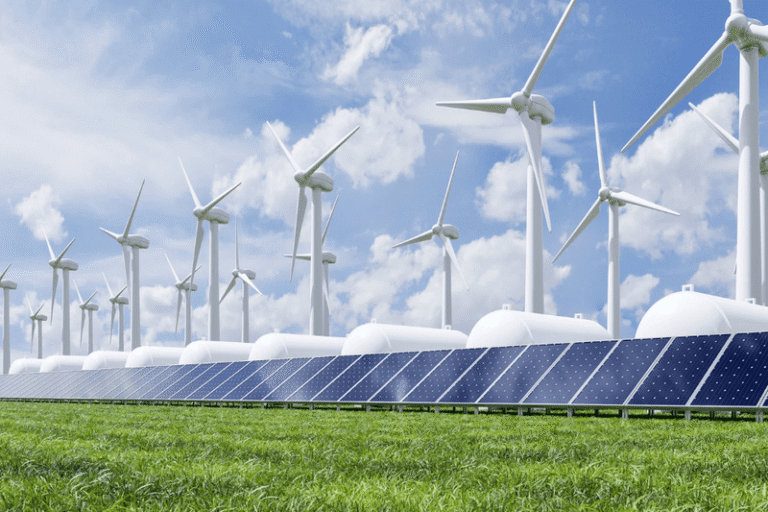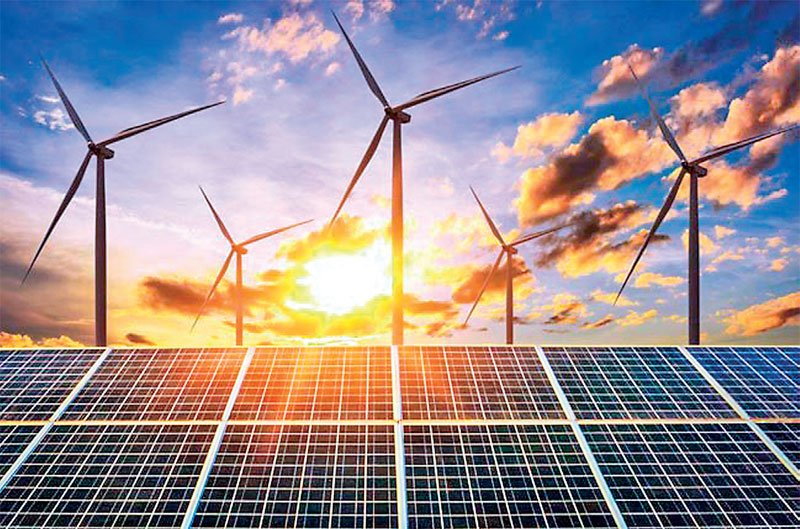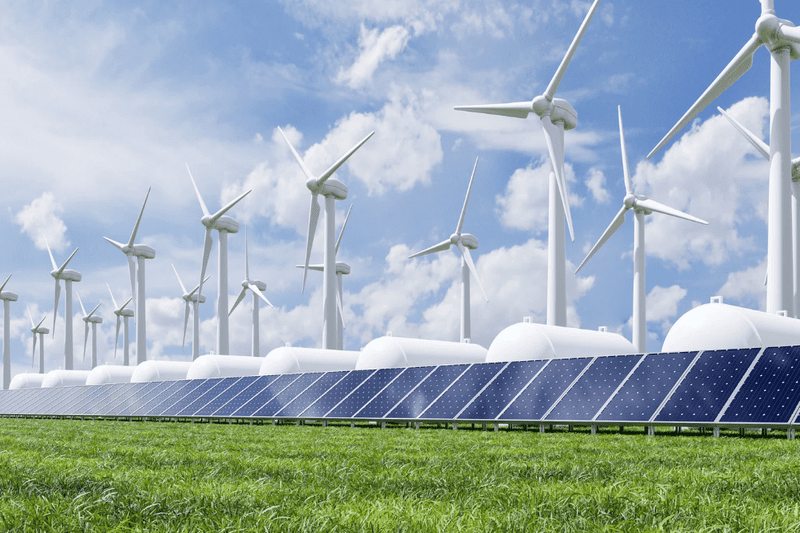The inauguration of the first phase of the Sobadhanavi natural gas power plant by President Ranil Wickremesinghe marks a significant milestone in strengthening Sri Lanka’s energy sector. This plant, once fully operational, will contribute 350 megawatts to the national grid, providing around 12% of the country’s electricity needs. This move is critical for economic growth, industrial expansion, and job creation. The project also aligns with Sri Lanka’s commitment to renewable energy and positions the country towards energy independence and sustainable development.

How Sobadhanavi Natural Gas Power Plant Will Strengthen Sri Lanka’s Energy Sector
The inauguration of the first phase of the Sobadhanavi natural gas power plant by President Ranil Wickremesinghe represents a pivotal moment for Sri Lanka’s energy landscape. This development comes at a time when the country is actively seeking to bolster its energy infrastructure to support long-term economic growth, industrialization, and job creation.
1. Enhancing Energy Security
The Sobadhanavi power plant, once fully operational, is expected to add 350 megawatts (MW) to Sri Lanka’s national grid, covering approximately 12% of the nation’s current electricity demand. The introduction of this capacity is vital for ensuring a stable and reliable electricity supply across the country. By relying on natural gas, a cleaner alternative to coal and oil, the plant will not only reduce greenhouse gas emissions but also provide a more consistent energy source, less susceptible to the fluctuations experienced with hydropower.
2. Supporting Economic Growth
A reliable energy supply is the backbone of economic growth. With the Sobadhanavi plant contributing significantly to the national grid, industries will benefit from reduced power outages and more predictable energy costs. This stability is crucial for attracting foreign direct investment (FDI) and supporting the expansion of existing businesses. The President highlighted that energy security directly correlates with economic stability, as it enables industrial growth, job creation, and overall economic resilience.
3. Alignment with Renewable Energy Goals
Sri Lanka’s commitment to renewable energy is a cornerstone of its future energy strategy. While the country has historically relied heavily on hydropower, the potential for further expansion in this area is nearing its limit. The Sobadhanavi plant represents a strategic shift towards integrating more sustainable and diversified energy sources. By using natural gas, the plant serves as a transitional solution that complements the broader renewable energy objectives.
4. Technological Advancements and Innovation
The Sobadhanavi plant is not just about increasing energy capacity; it also represents a step forward in adopting modern technology in Sri Lanka’s energy sector. The use of an F-class gas turbine in the first phase, followed by the addition of a steam turbine in the second phase, showcases the government’s commitment to leveraging advanced technology for greater efficiency and environmental sustainability. This approach aligns with global climate change policies and positions Sri Lanka to meet its 2050 climate targets.
5. Strategic Positioning for Regional Energy Integration
Looking beyond the immediate benefits, President Wickremesinghe’s vision includes positioning Sri Lanka as a surplus producer of renewable energy. The plant’s development is part of a broader strategy to integrate Sri Lanka into regional power networks, such as the proposed India-Singapore power line. By contributing to a regional energy grid, Sri Lanka can potentially become an energy exporter, further strengthening its economic position.
6. Educational and Technological Infrastructure Development
To sustain these advancements, the President announced plans to establish four technological universities across the country. These institutions will focus on areas such as technology, artificial intelligence, and engineering, ensuring that Sri Lanka has the skilled workforce needed to maintain and expand its energy infrastructure. This educational push will help address the brain drain and equip the next generation of Sri Lankans with the tools to innovate and lead in the energy sector.
7. Conclusion
The Sobadhanavi natural gas power plant is more than just an energy project; it is a critical component of Sri Lanka’s strategy to achieve energy security, economic growth, and sustainable development. By integrating modern technology and aligning with global renewable energy goals, the plant will play a key role in shaping the country’s future. As Sri Lanka continues to develop its energy sector, projects like Sobadhanavi will ensure that the nation is well-positioned to meet both domestic needs and international challenges, securing a brighter and more sustainable future for all.

